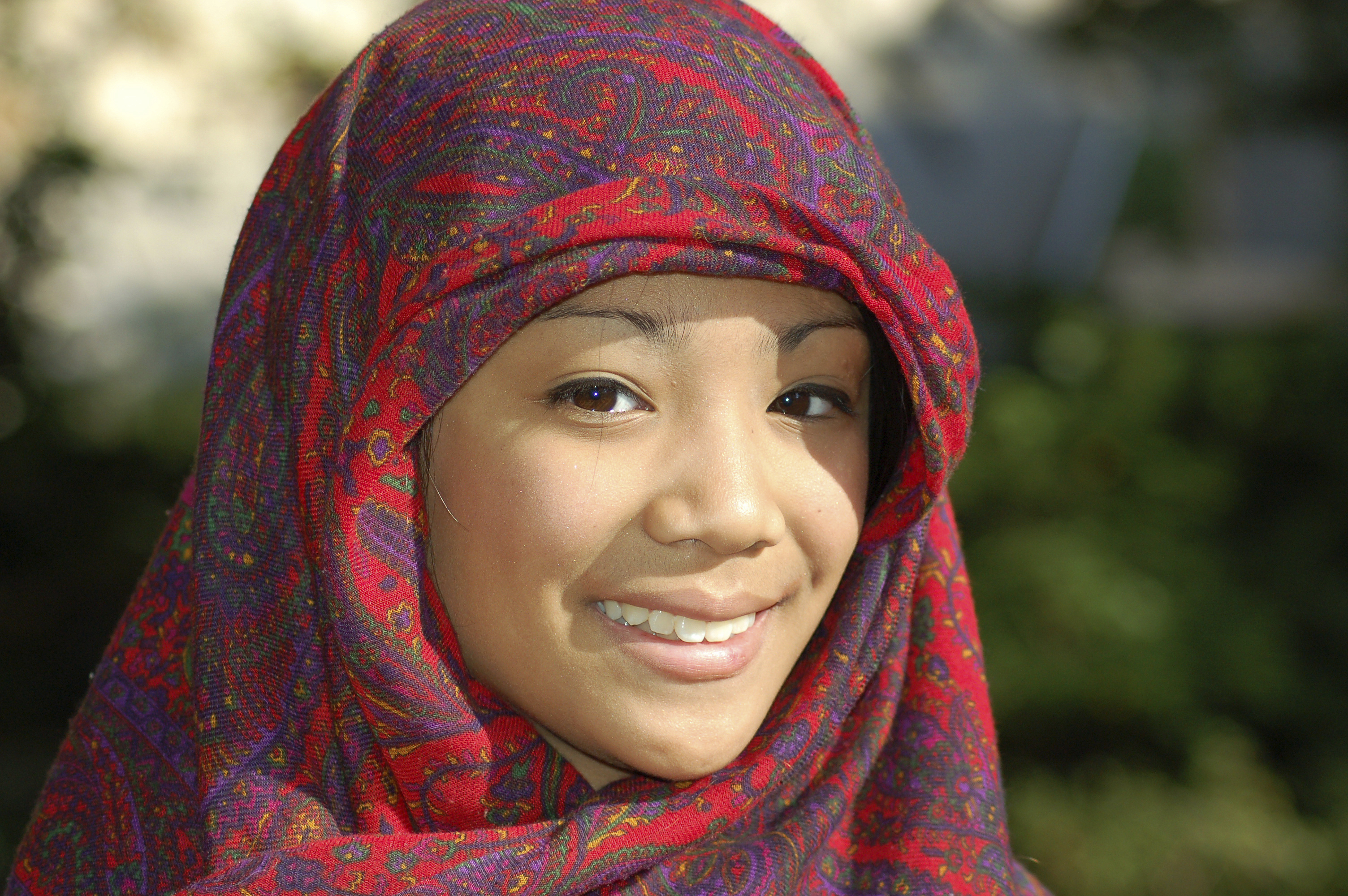 Helpful Information About Different Cultures Helpful Information About Different Cultures

The ability to accept differences and communicate effectively across barriers of language and culture directly affects patient safety, the patient's treatment and treatment outcome. Click here for guidelines and strategies to improve your cultural competency.
The United States is the most diverse country in the world. Its citizens are of all backgrounds, cultures, languages, races, ethnicities, and beliefs. By improving our cultural competency, we can deliver more effective care to each patient, regardless of his or her heritage. Learn more about these cultures:
Black/African American Culture
African Americans are the largest minority group in this country, representing 12% of the population.
Africans were forced to leave their native continent by European settlers who sold them into forced labor in North America. The mid-1800's brought the Civil War fought between the Northern and Southern States, reinventing the issue of slavery. The war ended with President Abraham Lincoln's Emancipation Proclamation and the 13th Amendment, abolishing slavery. Over the past 137 years, African American civil rights leaders have led the struggle for equal treatment, regardless of color.
More recently, a large number of immigrants have come to the United States from Africa, as well as people of African descent from Caribbean Islands such as Jamaica, Haiti and parts of South America. Each of these groups has distinct cultural and social identities.
Family and Home
-
Care is usually provided by extended family, including a network of friends who are considered family.
-
Elders are respected, obeyed and considered a source of wisdom.
-
Generations often live in the same home, with care provided to children and elders at the same time.
-
Long term care is a last resort for most families.
-
Families may refuse service because they do not believe they need it, in spite of high levels of stress.
Help Seeking Methods
-
Families frequently seek support from their faith community, including ministers and church groups.
-
It is believed that the cultural context in which care is given and received is shaped by the legacy of slavery and African traditions. The institution of slavery provided few vehicles for individuals and families to receive support for survival outside the slave community. Therefore, the availability of social support was internal to the slave community - survival was a group effort.
-
Caregivers often find solace in their religion, and use it as a means of coping with their feelings about their loved one's illness.
-
Families are typically very private, not sharing concerns with strangers.
-
Blacks/African Americans are less open to physical contact and are acutely aware of personal space.
-
Families may not be aware of care options/community resources, or there are barriers to access.
-
One-third of Blacks/African Americans live in poverty, preventing access to health care and services to ease the care giving tasks.
-
Blacks/African Americans face increased incidence of disease, including heart disease, stroke, kidney disease, diabetes, vascular dementia and Alzheimer's disease.
-
Family caregivers may lack trust in service providers and this can show in response. Time is necessary for building a trusting relationship.
-
Important to address elders with titles such as "Mrs." or "Sir".

Hispanic/Latino Culture
Hispanics/Latinos make up about 9% of the population and are the second largest minority group in this society. Hispanic Americans are widely diverse groups who come from many different countries, including Spain, Mexico, Puerto Rico, Cuba and throughout Central and South America. Hispanics can be of any race. Mexican Americans constitute the largest group among Hispanics. Because their history links them to the southwest part of the United States, they have the largest kinship ties in this region of the country. Unlike African American families, whose ancestors were enslaved, Mexican Americans' ancestors were conquered and subordinated as a result of losing the Mexican-American War.
Family and Home
-
The family unit is extremely important in the Hispanic/Latino community. It is the center of most activity and support.
-
Care for elders is provided by the extended family, often residing in the same home.
-
Families are unlikely to seek out long term care options, taking on the responsibility of care giving themselves.
-
Adult children and grandchildren can help bring knowledge to older family members and support them in accessing health care services.
-
Cubans, unlike Mexican Americans, are more likely to include friends in their definition of family, but Puerto Ricans are more likely than both Cubans and Mexican Americans to include non-blood kin in their family.
Religion and Spirituality
-
The majority of Hispanic/Latino Americans practice Catholicism, although some are members of Protestant denominations.
-
Hispanic/Latino families often seek emotional and spiritual support from their church.
-
Caregivers often seek solace in their religious beliefs as a means of coping with stress.
Help Seeking Methods
-
Doctors are respected and viewed as authority figures.
-
Hispanic/Latinos may receive health care information from Spanish language media, including newspapers, radio and television.
-
It is important not to confuse a person's country of origin. Acknowledge accordingly, rather than generalizing.
-
-
Hispanic/Latinos typically desire a personal relationship with service providers, and may be uncomfortable with a distant approach.
-
Hispanic/Latino cultures are more open to physical contact, less aware of personal space.
-
Older Hispanics/Latinos often do not drive; often lack transportation and mobility to access services.
-
An individual's country of origin, i.e. Cuba, Mexico, has particular customs and dialects.
-
Cuban Americans have largely duplicated their culture of origin in culturally homogeneous ethnic enclaves in which their sociocultural needs can be met. This enclave is a source of effective support in later life.
-
Mexican Americans rely more heavily on family rather than including friends in their support system.
Asian/Pacific Islanders Culture
Asians represent 3% of the American population. There are many ethnocultural groups which fall under this very broad category. Included among Asian/Pacific Islanders Americans (APIA) are Chinese Americans, Japanese Americans, Filipino Americans, Vietnamese Americans, Cambodian Americans, Korean Americans, Hawaiians, Samoans, other Pacific Islanders and multiple other Asian groups. These diverse groups emigrated to the United States for several reasons, including economic opportunities, political persecution, and education. Japanese Americans are the longest living ethnic group in the United States with socioeconomic and health profiles that closely resemble those of Whites.
Vietnamese Culture
Vietnam is one of three nations on the Indochinese Peninsula. Cambodia, Laos, China, the Gulf of Thailand, the Gulf of North Vietnam and the Pacific Ocean to the east border it. France ruled Vietnam from the mid-nineteenth century to the 1940s. Resistance to French occupation led to war between France, Japan, Vietnam and China. Vietnam was divided into North and South in 1954. Civil War continued over two decades. The United States became involved in support of South Vietnam in 1964. The conflict continued until 1975, when Communist forces took the city of Saigon.
Family and Home
-
Family is the foundation of daily living. Family members have a strong sense of duty to care for each other.
-
Elders are highly respected and obeyed.
-
-
Multi-generational family ties exist, with families often living together.
-
-
Families typically oppose long term care, believing it is shameful to place loved ones in residential care.
Religion and Spirituality
Community Life
-
Elders retain a strong commitment and loyalty to Vietnam.
-
Most elderly do not speak English and may be illiterate in Vietnamese as well.
-
Vietnamese often have trouble adjusting to American culture.
-
Most Vietnamese immigrant elderly have experienced trauma from the Vietnam War, torture and incarceration in camps.
-
Elders are often limited by lack of transportation in their community, leading to social isolation and lack of services.
Cultural Guidelines
-
Most Vietnamese elderly are shy and reluctant in displaying physical affection.
-
Do not assume that physical contact is acceptable or desired.
-
Speak softly when addressing an elder and look into their eyes. Staring is considered disrespectful.
-
Almost all Vietnamese elderly follow Confucian, male centered laws.
Korean Culture
Korea is named for the Koryo dynasty, which ruled the Korean peninsula from 918 to 1392. The peninsula is in Southeast Asia, west of Japan. Korea has been divided into Northern and Southern states since the end of World War II. The United States was involved in the Korean War, the civil war between these states.
Family and Home
-
Korean American life revolves around family and home. A person's priority is to family, and family interests are often more important than the individual.
-
The eldest son is often the care provider for elders.
-
Social and cultural ties among Korean Americans are very strong.
-
The family provides most care giving for elders. Long term care is not often considered as an option.
Religion and Spirituality
Community Life
Help Seeking Methods
-
Korean elderly may find it very hard to ask for help from individuals or agencies, such as home care or case management.
-
Language barriers prevent access to health care information and other services.
-
The family provides most care for elders. Traditional long term care is often disregarded.
-
Filial piety operates to foster respect and obligation to individual family members, especially one's parents.
-
Among traditional Chinese American families, it is the expectation of parents that they will be taken care of in later years by the eldest son and his wife, or by another offspring.
-
Filipino American families may also be reluctant to seek services for impaired elders due to perceptions of stigma and the shame of having an impaired family member.
-
Strong internal cultural mechanisms help shape their support system, which includes having values that address the care and support of elderly family members.

Native American Culture
Native Americans make up less than 2 percent of the American population.
The term "Native Americans" encompasses diverse ethnocultural groups. According to the Bureau of Indian affairs, there are approximately 275 federally recognized reservations, 550 federally recognized tribes, bands or Alaska Native villages, and more than 100 non-recognized tribes in the United States
The history of Native Americans shows they were uprooted, disenfranchised, and subjugated within this society.
Family and Home
-
Traditionally, elders are respected for their wisdom, experience and knowledge.
-
Although the vast majority of Native Americans speak English and have attributes and traits of American culture, they also maintain available native languages, practice ceremonies and rituals of a particular tribal group, and identify strongly as Indian.
-
Tribal, cultural and regional diversity is evident in health behaviors and incidence of disease.
-
About one-quarter live on reservations. Over one-half are concentrated in the Southwestern states of Oklahoma, California, Arizona, New Mexico and Texas.
-
Folk or traditional medical beliefs and practices are often practiced in the home.
Help Seeking Methods
-
Elders, regardless of tribe, assume significant roles as teachers and caretakers of young. Thus elders on reservations tend to rely primarily on some form of extended family for care giving.
-
Native Americans tend to shy away from traditional social service network agencies.
-
The Indian Health Service sees many Native Americans. The Indian Health Service maintains a database on the health of reservation dwelling Native Americans, but there is no comparable data on the health of urban Native Americans.
-
Native Americans seek out help that is consistent with Native American traditions. Of particular importance are the use of shamanic healing, alternative understanding of psychopathology, and an emphasis on spirituality.
|
 Health Network Solutions, Inc. (HNS) stands alone as the oldest and largest chiropractic network in the Southeast.
Health Network Solutions, Inc. (HNS) stands alone as the oldest and largest chiropractic network in the Southeast.